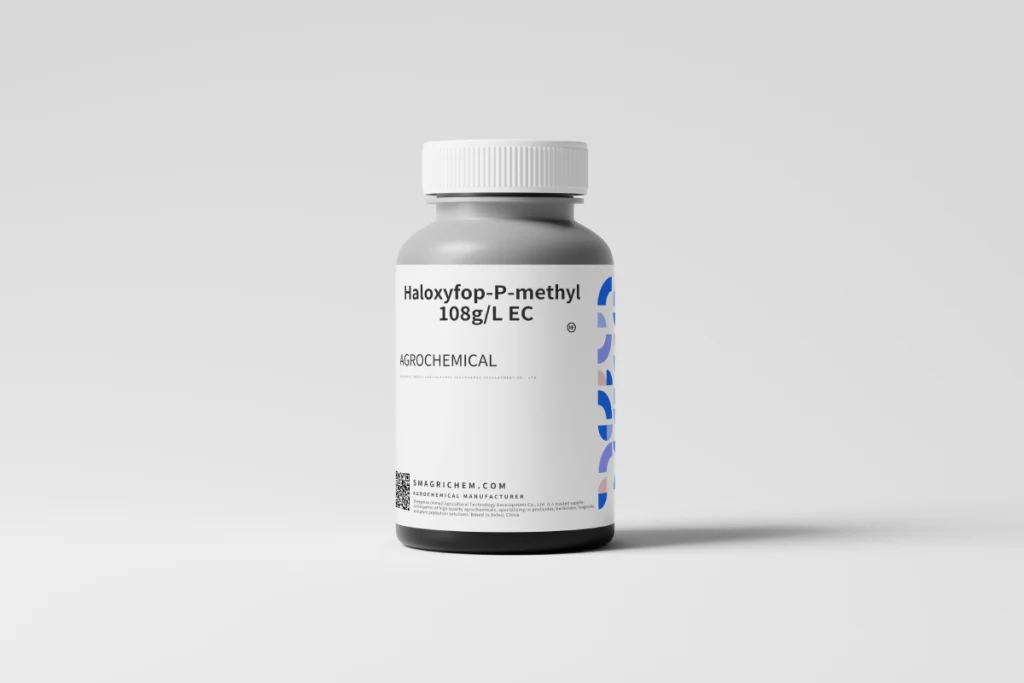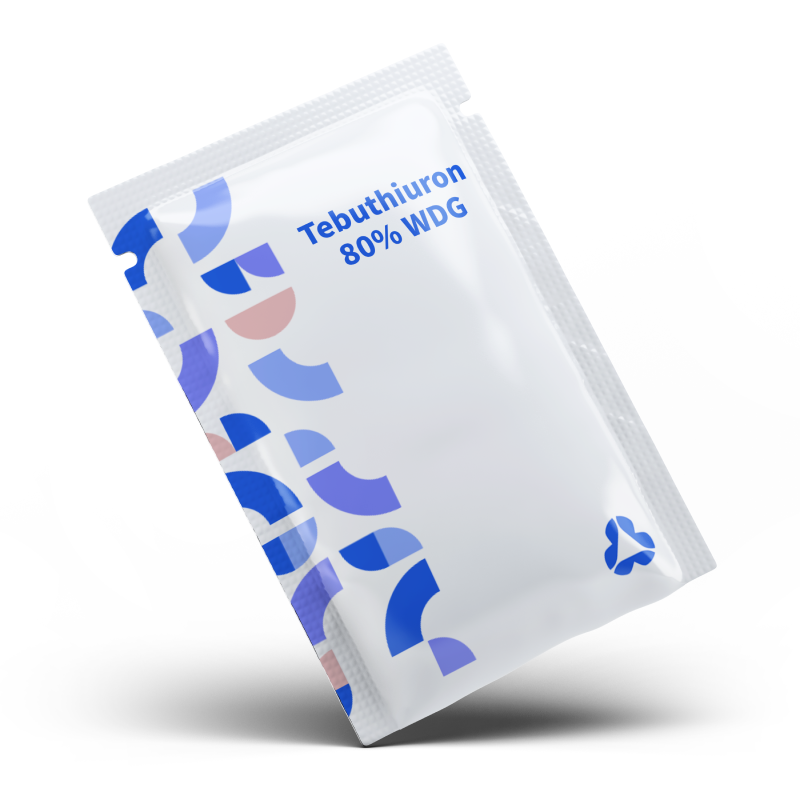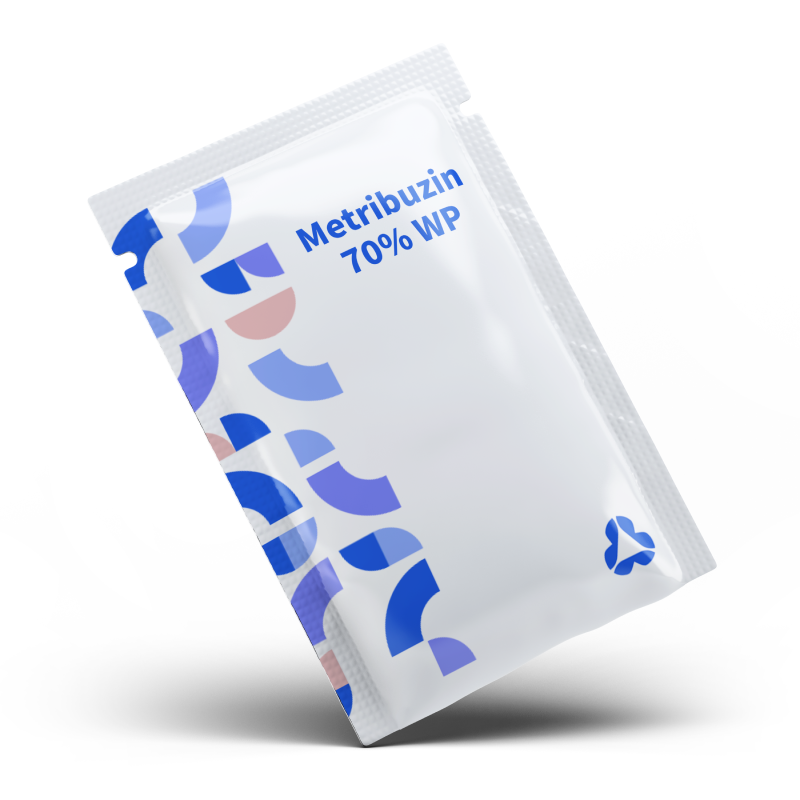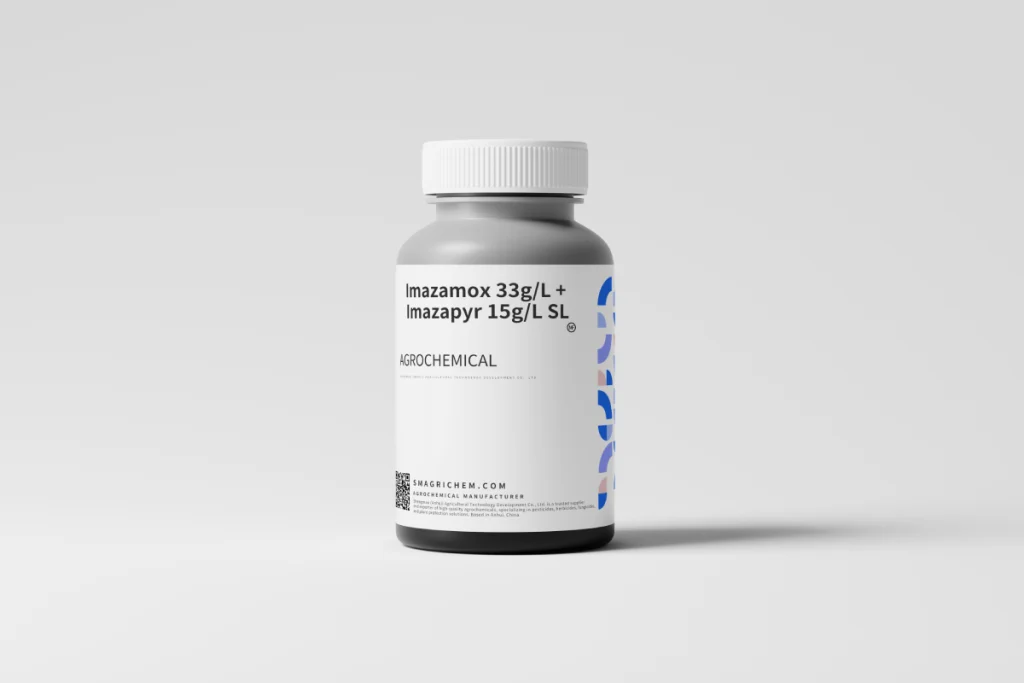Tebuthiuron 80% WDG é um persistent urea herbicide formulated as a water-dispersible granule, designed for long-term suppression of broadleaf weeds, grasses, and woody plants in non-crop areas (industrial sites, railways) and select crops (sugarcane, pineapples). As a photosynthesis inhibitor (PSII, HRAC Group 5), it provides 1–2 years of residual control through root uptake and soil mobility, making it ideal for low-maintenance vegetation management .

Herbicida Haloxifop-P-metil – Controle direcionado de ervas daninhas
Haloxifope-P-metil é um herbicida seletivo pós-emergente desenvolvido para proporcionar controle eficaz de ervas daninhas gramíneas anuais e perenes sem prejudicar as culturas de folhas largas. Com seu mecanismo preciso



